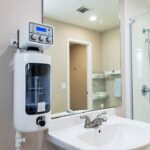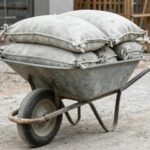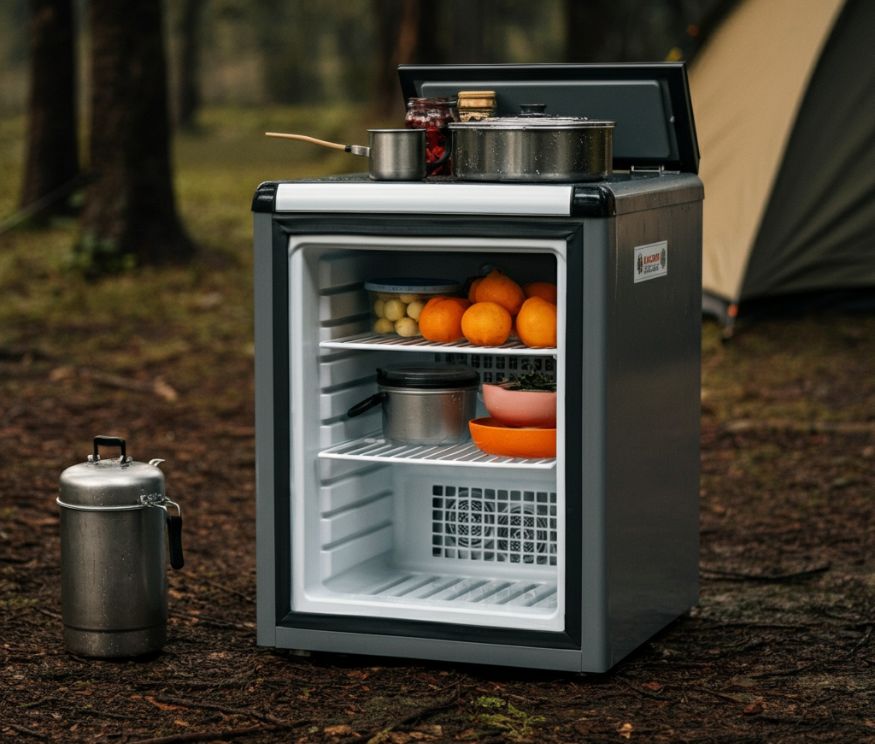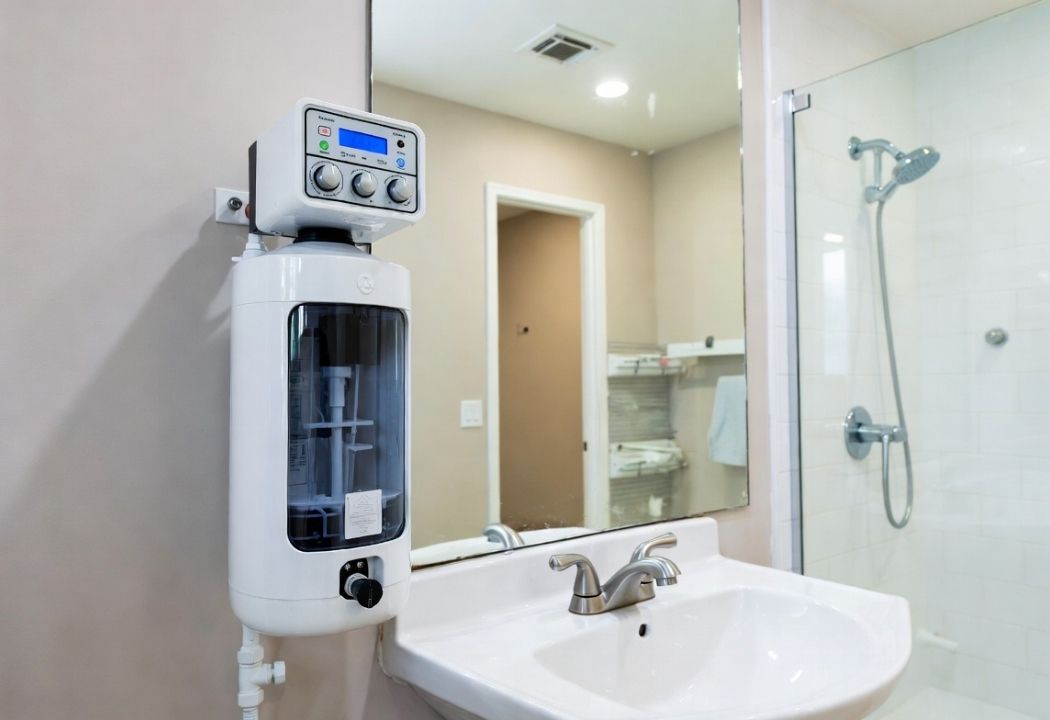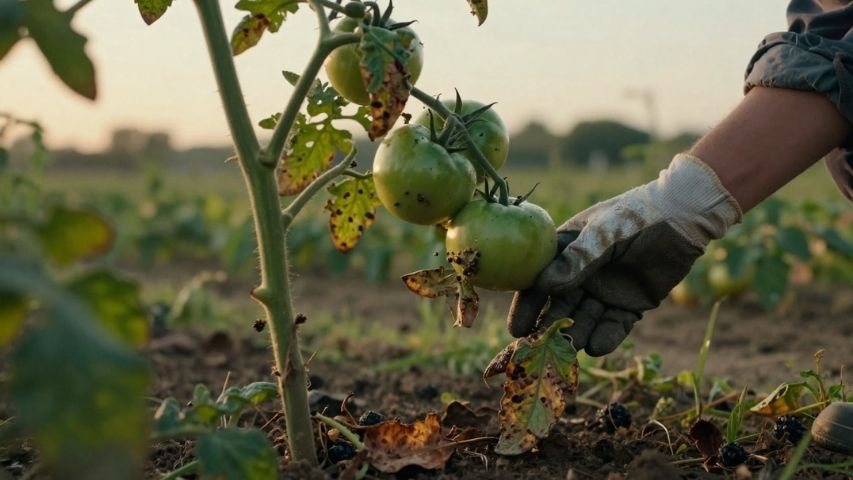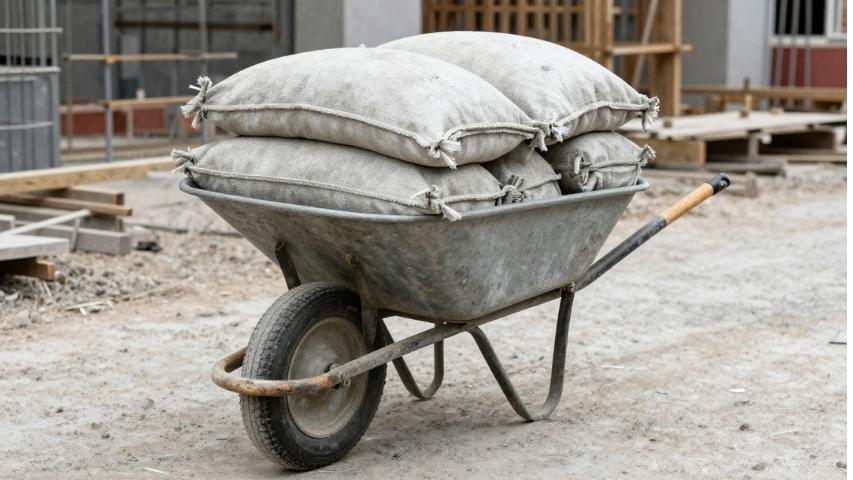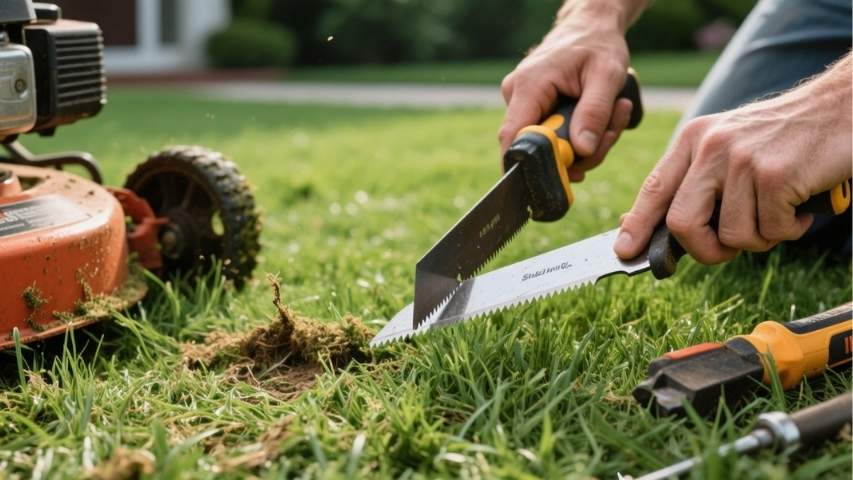If you’re an outdoor enthusiast, yo’ve relied on a camping fridge to keep fresh during adventure. Yet, many campers face a common issue- water pooling at the bottom of their fride. While it might seem like a minor inconvenience, understanding why it happens and how to prevent it can significantly enhance your camping experience.
This blog will explore the science behind condenstion in camping fridges, cover tips to keep your fridge free of moisture and share actionable steps to ensure your outdoor gear works seamlessly. Whether you are weekend camper or a seasoned adventuer, this guide will assure you peace of mind about your camping fridge woes.
Why Does Water Form in the Bottom of Camping Fridges?
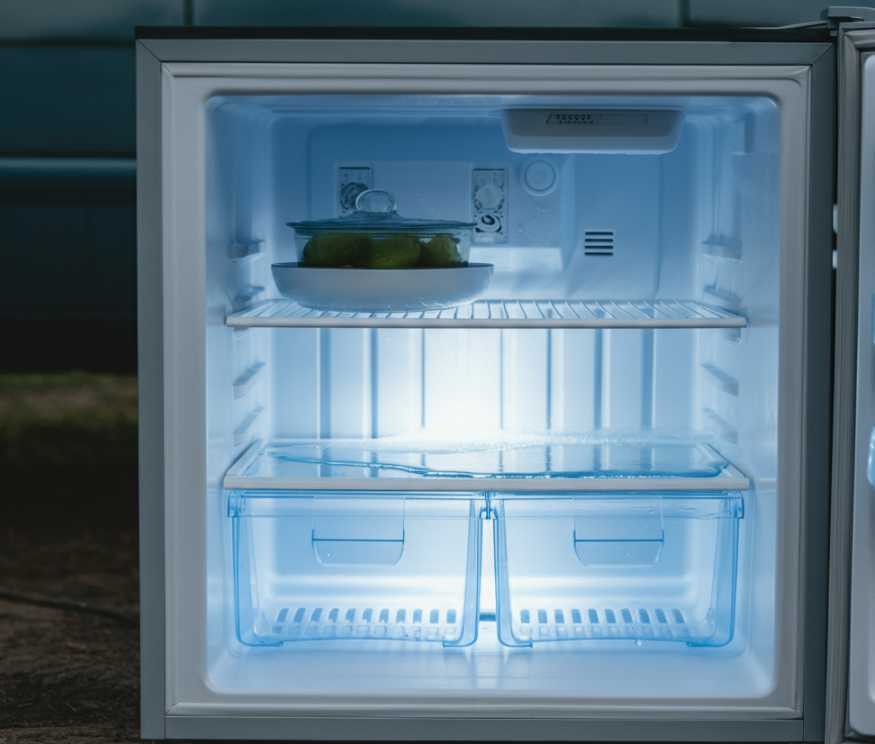
The frustrating pool of water in your camping fridge isn’t a mystery-it’s primarily caused by condensation or ice disharge. Here’s a breakdown of the most common culprits:
Condensation from the Air
When you open your camping fridge, warm, humid air mingles with the cold temperatures. When the temperture drops, the moisture in this air condenses into water droplets, which eventually collect at the bottom of the fridge. This is especially common in humid regions where the air contains more moisture.
Melting Frost or Ice
Over time, a camping fridge’s cooling unit can accumlate frost or ice. Temperature fluctuations, or when you turn the refrigerator off, cause this ice to melt, draining water to the lower compartments or pooling at the base.
Fridge Efficiency and Seals
Poorly fitted fridge seals can allow waem air to seep in, creating frequent condensation. Additionally, if your fridge struggles to maintain a consistent temperature, it indirectly fosters moisture buildup, resulting in water accumlation.
Food Packaging and Spills
Foods stored without proper packaging, especially moisture-rich items like fruits or veggies, can release water vapor over time. Similarly, spilled beverages or defrosting frozen food can contribute to pooling water if left unchecked.
Understanding these causes is critical in helping you maintain your camping fridge more effectively. But don’t worry-there are plenty of ways to prevent this issue altogether.
How to Prevent Water Pooling in Camping Fridges
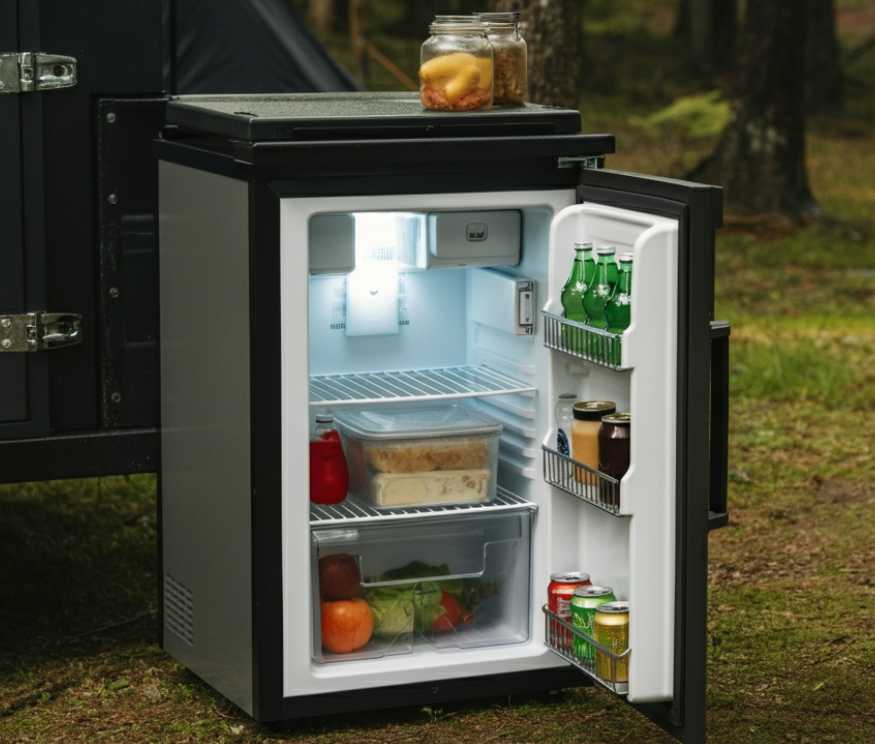
With a few simple adjustments, you can keep your camping fridge dry and functioning perfectly throughout your camping trips. Here’s how:
Control How Often You Open the Fridge
The more you open your fridge, the more humid air gets inside. Try minimizing how often you open it. For example:
. Plan your meal prep or beverage retrievead ahead of time open the door less frequently.
. Grop similar items together to locate them faster, reducing the time for the door to stay open.
Use Aortoght Containers
Storing your food in airtight containers helps reduce the water vapor they release. This is crucial for high-moisture foods like berries, leafy greens, or leftover meals. Not only does this prevent condensation, but it also keeps your food fresher for longer.
Add a Moisture Absorber
Moisture-absorbing products like silica gel packs, disposble dehumidifiers, or specialized camping fridge dehumidifiers can control condensation. These simple soluations soak up excess humidity, keeping your camping fridge dry and odor-free.
Check and Maintain the Fridge Seals
Inspect the rubber gasket aroud your fridge door for wear and tear. Even minor gaps can allow warm air to seep inside. Replace damage seals promptly to maintain your fridge’s efficiency and eliminate unnecessary condensation.
Derfrost Your Fridge Regularly
If you notice frost building up near the cooling unit, it’s time to defrost your fridge. Switch it off and let the frost melt completely before wiping away the water. Regular defrosting prevents ice buidup that results in pooling water.
Ensure Proper Ventilation
Camping fridges need adequate ventilation to function effectively. Ensure enough space around the refrigerator for air to circulate and prevent heat buildup, especially if you’re campingin high temperatures.
Drain the Water Regularly
Most camping fridges have drainage plugs or channels to manange water discharge. Familiarize yourself with the drainage system and periodically empty or clean the water tray to avoid overflow.
Why It’s Important to Keep Your Camping Fridge Dry

You might be wondering-why bother with pooled water at all? It’s more than just an inconvenience. Here’s Why preventing buidup is vital:
Avoid Bad Odors: Stagnant water can lead to unpleasant smells inside your fridge, a affecting the freshness of your stored items.
Maintain Food Quality: Excess moisture speeds up food spoilage, particularlarly for fresh produce.
Protect the Fridge’s Components: A well-maintained, dry fridge makes your camping trip more organized and hassle-free.
What to Look for a Camping Fridge
If you’re in the market for a new camping fridge, choosing one with condensation-friendly features can make all the difference. Consider these features:
Efficient Insulation: Look for fridges with top-notch seals and insulation to minimize warm air intrusion.
Drainge System: A built-in drainage plug or automaic defrosting feature can save you much time and effort.
Portability and Ergonomics: Ensure the fridge design supports rough usagem easy transport, and seamless operation.
Investing in a high-quality camping fridge and applying proper maintenance is key to enjoying ice-cold drinks and fresh food without the hassle of pooled water.
Frequently Asked Questions
1. How do I power my camping fridg when outdoors?
Most camping fridges can be powered using a 12V DC car battery, making them perfect for outdoor adventures. Some models also offer AC pwer options with standard electrical outlets or even solar compatibility for eco-friendly energy on the go.
2. What’s the ideal temperature setting for a camping fridge?
To keep food fresh and beverages cold, maintaining a temperature between 35 F and 40 F is recommended. Many camping fridges include adjustable temperature controls for covenience.
3. How do I clean and maintain my camping fridge?
Regularly empty and wipe down the interior with mild detergent and waem water to prevent odors and mold buildup. Ensure the drainag plug is clear and dry, and check the seals for any wear or damage to maintain efficiency.
4. Are camping fridges suitable for extreme weather conditions?
High-quality camping fridges are typically to function in various temperatures;
however, always check the manfacturer’s specifications for details about operating conditions to ensure peak performance.
Enjoy a Hassle-Free Camping Experience
Camping is all about enjoying the grat outdoors-not dealing with fridge problems! Understanding why water accumulates and following simple maintenance practices ensures your fridge runs smoothly, keeping your camping essentials cool and fresh.
Remember, camping gear works best when paired with proper care. Whether heading to the mountains or the beach, keep your fridge efficient and your food safely stored-and you’ll spend more time exploring, not troubleshooting!
Do you still have questions about your camping fridge setup? Comment below or share your favorite tips for managing fridge condensation.

